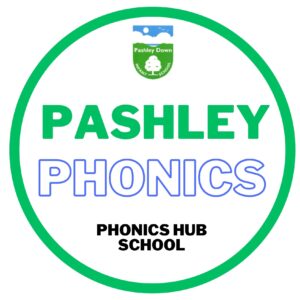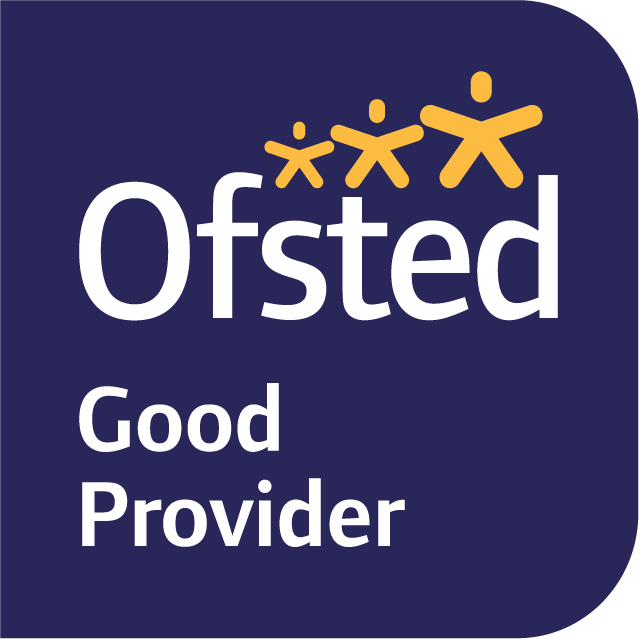Phonics

Phonics
We take a whole class approach to the teaching of phonics with a focus on achieving age expected phase for all. We have adapted our scheme to give the most effective phonics learning, using visuals, songs and actions to include all learners. We also include challenge in every lesson to extend our more capable readers. Our scheme is in line with our reading books, which are Little Wandle Big Cat Collins books. All our reading books are in line with children’s phonics levels.
Systematic structured phonics instruction ensures all children are taught keeping up with the ideal trajectory of Phase 1 through to 5. The pace of learning is appropriately challenging and no children are held back.
Close monitoring and assessments carried out on Phonics Tracker inform interventions, highlighting gaps early on ensuring children make accelerated progress.
We are very proud of our consistently high Phonics outcomes, above National average for many years. We have adapted our scheme to ensure our phonic reading books are in line with the phonics teaching trajectory while ensuring strong readers are also reading books that challenge them.
Early Years
Phonics is taught daily in EYFS for 20- 30 minutes. Children learn to say the letters and corresponding sounds and the actions that go with them. They learn to identify the sounds in the words using sound buttons and we build up their blending and segmenting skills as they progress their phoneme knowledge. In Phase 2 and 3 we teach the difference between uppercase and lowercase letters. In Early Years we involve parents by sending home the sounds we are teaching weekly in keyrings. Parents are encouraged to practise the sounds at home daily. Each class has a phonics table that has games and activities for children to independently practise segmenting, blending and their knowledge of the alphabetic code. Each EYFS class will have the sounds of the week on show. Each week the children will take home a phonics cartoon linked to the sounds of the week to embed their knowledge.
Year One
Each class teaches phonics for 30 minutes in Year One. Lessons include a daily ‘tricky word’ and new sound of the day, blending which is then related to reading and segmenting skills linked to writing. Sound buttons are used to highlight the sounds within words and teachers often use these to support children when they are learning writing or marking their books. The sound of the day is on display in each classroom.
The children will continue to take home their comics linked to the sounds of the week as well as a phonically decodable book linked to their reading level.
All children in Year One will take the Phonics screening in June, to check they know the correct amount of sounds.
Year Two
Year two follows the Little Wandle Spelling programme. In Terms 1 and 2 they recap phase 5. This supports the children who have not passed the Phonics Screening, while exploring phonic spelling rules with those who have. In Term 3 any child who has achieved the Phonics Screening moves onto spelling rules while those that still have not have an intensive phonic intervention to close the gaps. Children will be taught spelling 3 x a week for 20 minutes. Year 2 classrooms show the spelling rule of the week.
Any child who did not pass the Phonics screening test in Year One will re-sit the screening in Year 2, in the month of June.
We also run specialised 6 week phonic support interventions in all year groups, every term. Using our assessment system we identify needs in each year group and run intensive catch up sessions. These are adapted depending on the needs in each year group.
We run the Pashley Phonics Hub which helps to train teachers from EYFS to secondary schools all over East Sussex in ‘Understanding Phonics.’ This also ensures that our own staff are regularly trained and have strong phonic knowledge.

